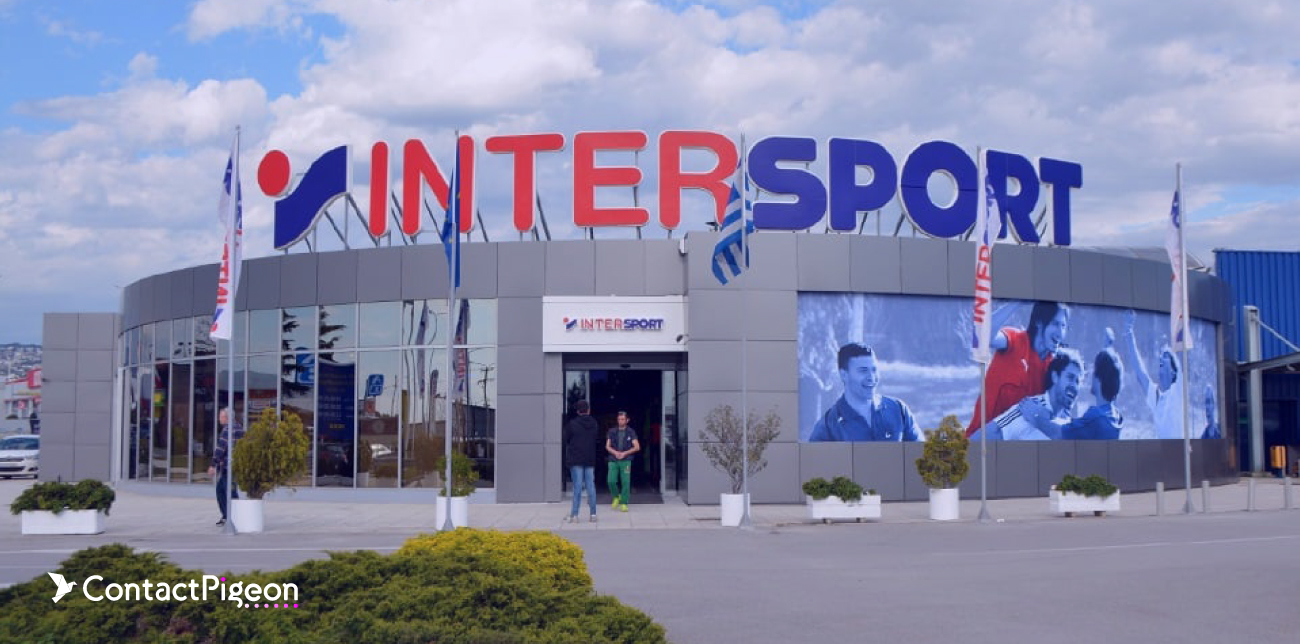LEGO’s claim to fame goes well beyond its famous interlocking plastic bricks. Since its founding in 1932, LEGO has diversified into movies, video games, television shows, popular social media channels, and even major amusement parks. And despite how devastating the COVID-19 pandemic has been for many in the toy industries, LEGO’s sales rose 14% in the first half of 2020 compared to the same period in 2019, with its operating profit rising 11% to $622 million.
Much of this success is due to the LEGO marketing strategy, which embraces digitalization and emphasizes knowing its customer base. By staying true to the brand identity it established in its inception and merging it with modern marketing techniques, LEGO has managed to keep at the forefront of the competition. In this article, we’ll take a close look at the tactics and tools LEGO uses to market its products successfully, even during the current pandemic.
In a time crunch? Listen to our article on the go.
The history of LEGO
Founded by carpenter Ole Kirk Kristiansen, the LEGO Group remains a private, family-owned company based in Billund, Denmark. While Kristiansen originally produced wooden interlocking bricks, the company continued innovating and experimenting with new designs. Eventually, the traditional plastic LEGO brick was patented in 1958, offering a timeless design that endures to this day. Over the years, LEGO bricks have grown in popularity and have been named “Toy of the Century”—twice.

Although the LEGO brick remains their trademark product, the company expanded into new ways of making toys and marketing during the 20th century. LEGO designed its new playsets to appeal to both boys and girls and released more complex products to challenge older children. Realizing their customer base now included children and adults from older, nostalgic generations, LEGO adjusted its marketing to communicate with its audiences. Lego had even been able to engage its existing customers to influence new product development and nurture an entirely new consumer base.
In the 21st century, LEGO remains a thriving, highly adaptable company. Although its core brand—offering its customers a way to develop their imagination and creativity through free play—remains the same, it continues to innovate by researching and adapting the LEGO marketing strategy to new digital communications. This mix of time-honored ideals and cutting-edge marketing enables them to adjust to societal changes and grow even through challenging times.
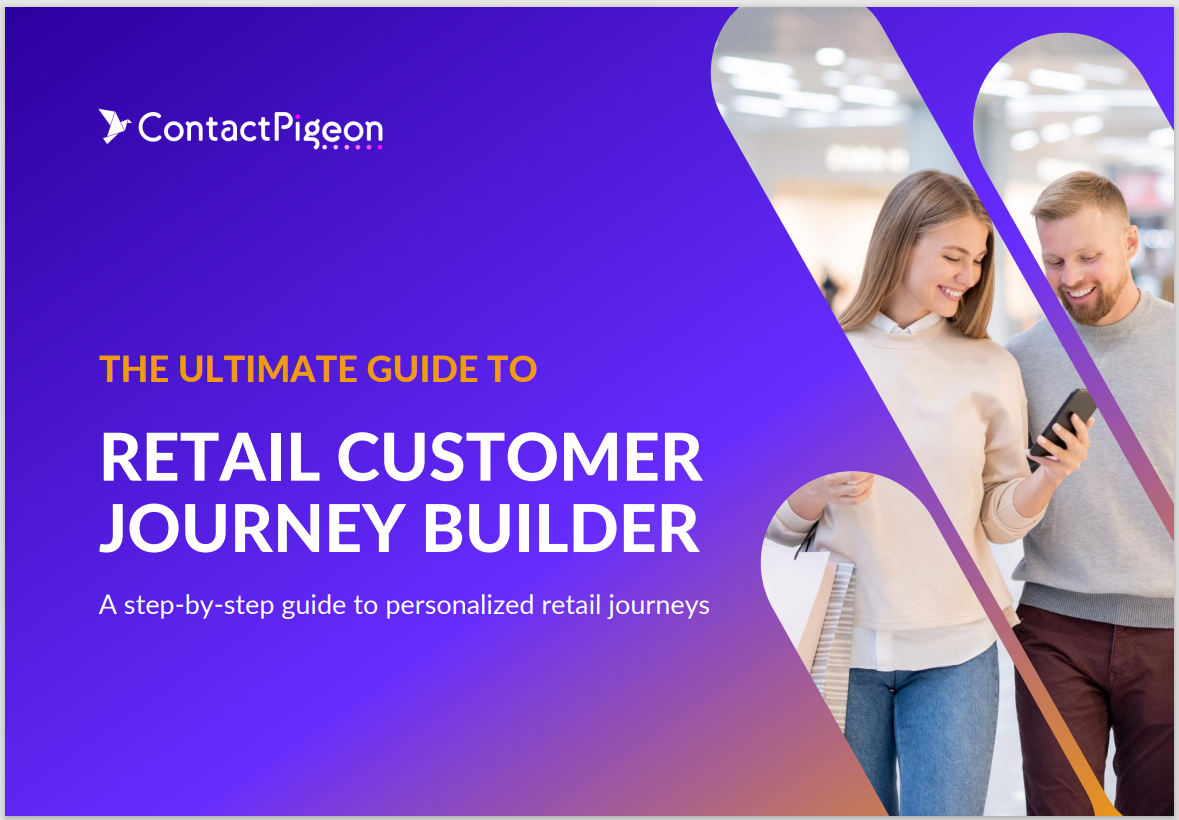
Build smarter customer journeys and activate AI-driven personalization for repeat purchases.
Analyzing the retail LEGO marketing strategy
This growth is the result of six key factors in the overall LEGO marketing strategy. Thanks to the LEGO Group’s willingness to enter new marketplaces, diversify its merchandise, and embrace social media marketing, their product lines are better suited to adapt in beneficial ways. At the same time, LEGO knows what marketing strategies to always continue, from its educational partnerships and parent-safe brand, and how to use this to develop better customer relationships.
Key marketing strategy #1: LEGO’s phenomenal market entry strategy
LEGO products are in 130 countries—but the company is always looking to expand its operations. When LEGO set its sights on China, it entered the market by putting money into opening LEGO stores in major cities as well as cities that showed demand and interest for their products.
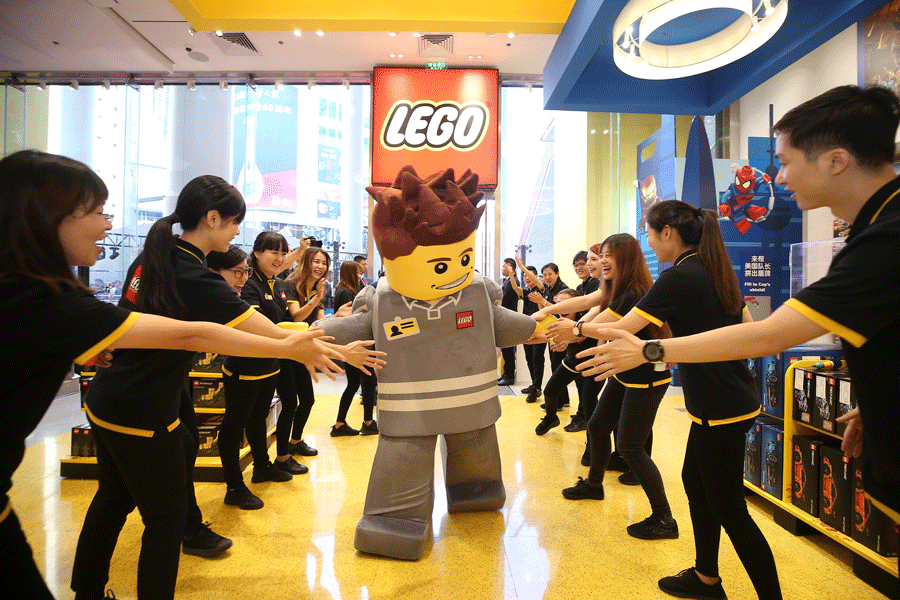
LEGO also studied the new market, not seeing a need to create any Asian-specific product lines as Chinese consumers already strongly valued the traditional LEGO creative play experience. On the other hand, they also acknowledged the advanced digitization in Chinese play that would require them to continue creating their own digital LEGO products.
This focused strategy paid off, as LEGO saw a 4% increase in profits and sales in 2018. As China continues to develop a very affluent middle-class numbering in the millions within the coming years, it represents a significant opportunity for LEGO and its market position.
Key marketing strategy #2: Licensing & merchandising mentality
Diversification is an essential part of the LEGO marketing strategy. Aside from its multiple toy sets, it has also branched out into multiple mediums to promote its brand.
The LEGO Movie franchise and The LEGO Batman Movie raised the profiles of its licensed properties while celebrating LEGO’s philosophy of play. LEGOLAND theme parks have opened in Billund, California, Florida, Malaysia, Dubai, Windsor, Japan, and Germany. And, seeing the movement toward digitization, it produced video games based on its product line.

LEGO playsets also reflect the company’s focus on regular innovation. After research revealed most of their consumers were boys, LEGO developed their LEGO Friends line aimed explicitly at relating to girls.
The company has also partnered with Disney, Marvel, and DC Comics to create its popular Star Wars and superhero-themed playsets—which are vital marketing tools since they generate publicity and drive higher sales.
As both young and old LEGO enthusiasts enjoy displaying their skills as master LEGO builders, LEGO Group became involved in official TV show competitions such as LEGO Masters to build further awareness of their brand.
Key marketing strategy #3: Social media/content marketing strategy
While LEGO is already a well-known brand, its popularity on Facebook, Instagram, and YouTube highlight the effectiveness of using social media channels to engage with customers. LEGO’s Facebook page has well over 13 million followers and regularly updates the page with photos and videos of new LEGO releases and innovative creations. Their Instagram page offers similar content, and posts receive numerous likes and comments, showing excellent user engagement.
LEGO is also YouTube’s most popular brand channel as of June 2020, with 10.04 billion views. Their channel offers promotional, educational, and how-to videos that promote the company’s brand. Its popularity on social media has encouraged fans to create their own LEGO fan channels, such as “Beyond the Brick,” a YouTube channel with over 821,000 subscribers who promote additional awareness of LEGO’s brand independent of the company’s marketing efforts.
Key marketing strategy #4: Integrated customer experience which generates endless UGC
LEGO uses its digital platform to provide each segment of its consumer audience with an integrated customer experience. LEGO Life, a social network app aimed at children under 13, lets users share photos of what they made with LEGOs and leave comments on other people’s creations. The online community has over 10 million members, offering an effective way of increasing brand awareness by enabling younger audiences to engage through social media.
However, LEGO also has a sizeable adult consumer base who can join its LEGO Ideas online community and become part of its creative process. This community lets members share their LEGO creations’ images and offer proposals for new LEGO Ideas sets that members vote on for the company to produce. In 2017, journalist Maia Weinstock’s “Women of NASA” LEGO idea gained the necessary 10,000 votes from supporters, was produced, and became a top-selling product on Amazon.
To put it simply: Throughout the everyday life of an average kid raised in advanced countries of the world, its parents, its teachers, and its friends will encourage it to play with LEGO. Moreover, if someone looks at its surroundings and its (social) networks as well, there is a tremendous amount of LEGO-related user-generated content which also continuously “validates” that this toy is, maybe, one of the healthiest, most educative, and most beneficial addictions of its life. This is something that no other brand has ever achieved.
The levels of passive and organic customer engagement LEGO has reached are out of this world and surely a case study for any brand, in any industry.
Key marketing strategy #5: Strong partnerships with the education sector
LEGO has always promoted its plastic bricks as educational toys that empower children to become imaginative, engaged learners through play. This brand extends to the overall company, which has established strong partnerships with the education industry. In 2020, the LEGO Foundation committed $24 million in educational aid for schools, foundations, and educational programs in multiple countries.

LEGO’s stand-alone education company, LEGO Education, has been offering schools educational products since 1986. Its website currently offers many LEGO-based building products specifically designed to help students build STEAM (Science, Technology, Engineering, Art, and Math) confidence in primary and middle school.
Other sections offer homeschool and distance learning resources for children learning during the pandemic. As LEGO’s commitment to education is well respected, educators are far more likely to see the value in these products and online resources.
Key marketing strategy #6: Remains “parent-approved” at all costs
Although kids remain a key target audience for LEGO, the company also understands LEGO’s marketing strategy needs to appeal to their parents, who are the ultimate purchase maker. By continuing to promote the educational value of their toys and market them as a way to nurture a child’s interest in STEAM, LEGO ensures its products are “parent-approved.” This approach incentivizes parents to keep buying, which’s been key to the LEGO marketing strategy from the start.
Analyzing LEGO’s eCommerce website
LEGO’s main eCommerce website offers many outstanding features in its category, product, and checkout process pages. Here’s our assessment for what we liked best—and what we didn’t.
Analyzing LEGO’s Category Page
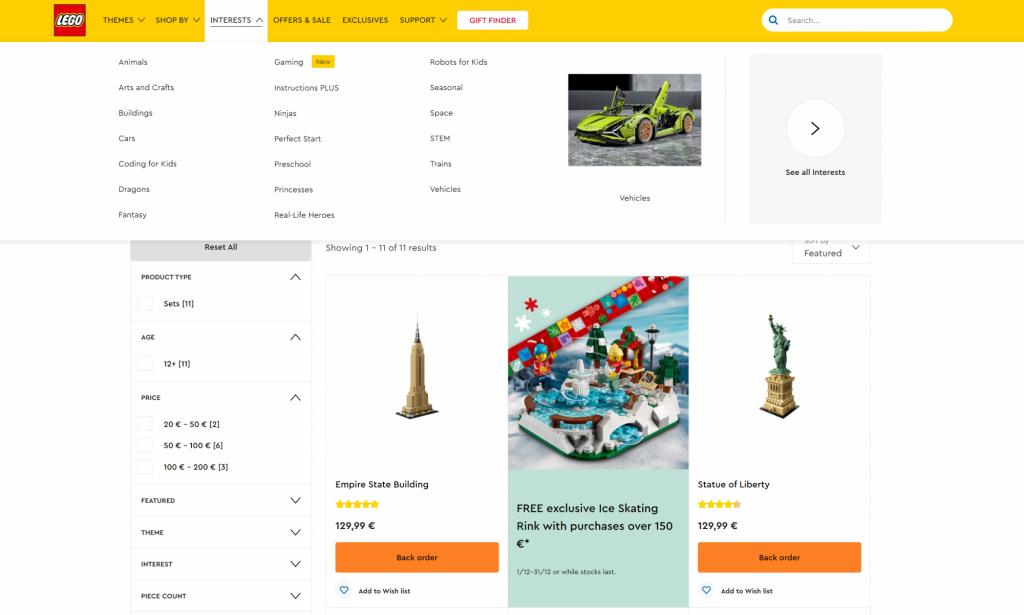
What we liked:
- Detailed mega drop-downs: Provided plenty of options for visitors to get to product pages by theme or interest.
- Filter navigation useful: “Shop By” drop-down has options to search by age, price, popularity, or even product type, which would be useful when gift-shopping.
- Mobile phone friendly: Drop-downs could be seen and used easily on smartphones and mobile devices.
What we didn’t:
- Ads crowd filter navigation: Promoted LEGO products continue to show up on the screen while using the filter function, making it challenging to separate desired from undesired items.
Analyzing LEGO’s Product Page
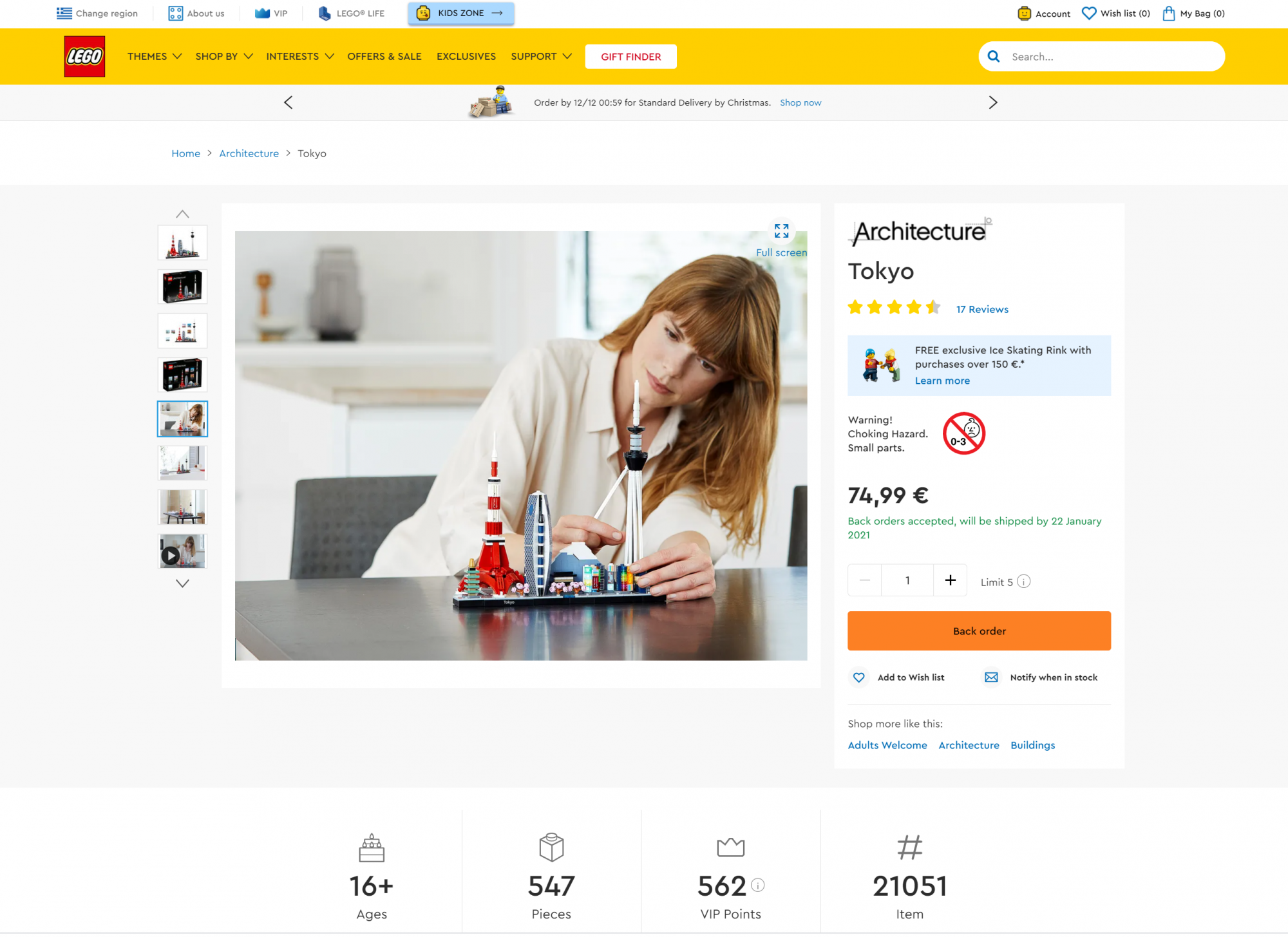
What we liked:
- Easy to navigate: Each page could be easily scanned simply by scrolling down.
- Excellent ad copy: Very detailed descriptions of each playset, game, and toy. Copy also did not simply repeat boilerplate text from the Category Page.
- Excellent product images: Customers get all the LEGO product images they need, including the box, figurines, and even display options. Images come with zoom views and 360 rotating views.
- Product reviews: Multiple written reviews and ratings accompany most products, helping consumers get a sense of past customer satisfaction.
What we didn’t:
- Images harder to navigate through on mobile devices: Photos harder to zoom in and out of on a touchscreen. The zoom function also did not work when the computer screen was minimized.
- Delivery charges not on the product page: Delivery charges are not included on the product pages. Currently, it only offers free shipping and express shipping.
Analyzing LEGO’s Checkout Process

What we liked:
- Guest checkout option: New customers can check out as guests without becoming members, a step that increases the risk of checkout abandonment.
- Multiple payment options: Customers can pay with multiple credit cards or PayPal.

What we didn’t:
- Shipping costs hidden until after information is submitted: Customers need to submit their addresses before seeing the cost for express and express saver shipping.
- Holiday delivery delay not specified: Customers are encouraged to order gifts early to avoid holiday delays, but LEGO does not specify how early gifts should be ordered for on-time Delivery.
How LEGO could have increased its online revenue by +1% with a single automation
Adding a benefit-driven exit-intent pop up on checkout.
Based on our platform’s data, during 2020 we’ve seen that a benefit-driven exit-intent pop up on the checkout process had a median conversion rate of 1.47%. This percentage actually also represents the recovery rate of this tactic. During our tests, we didn’t detect such a tactic at Lego’s website. So, a brand like LEGO could further increase its revenue, on average, from this automation alone. But how big would the impact be?
Let’s write the numbers down:
- LEGO’s revenue in 2019 was $531.2 million US dollars
- During the pandemic the company’s sales rose by +14%, resulting in ~605 million US dollars approx.
- Even if LEGO achieved a recovery rate of 1% from the benefit-driven exit intent pop up strategy, this means that its additional turnover would be around 6 million US dollars.
Why 1%?
Because we know it works. We’ve seen this tactic working for far smaller and less famous brands than LEGO. So, we strongly believe that a brand with so much content and such brand prestige as LEGO, will surely achieve an even higher conversion rate than 1.47%.
How to setup a benefit-driven Exit-Intent Pop up in ContactPigeon
- Log in to your account
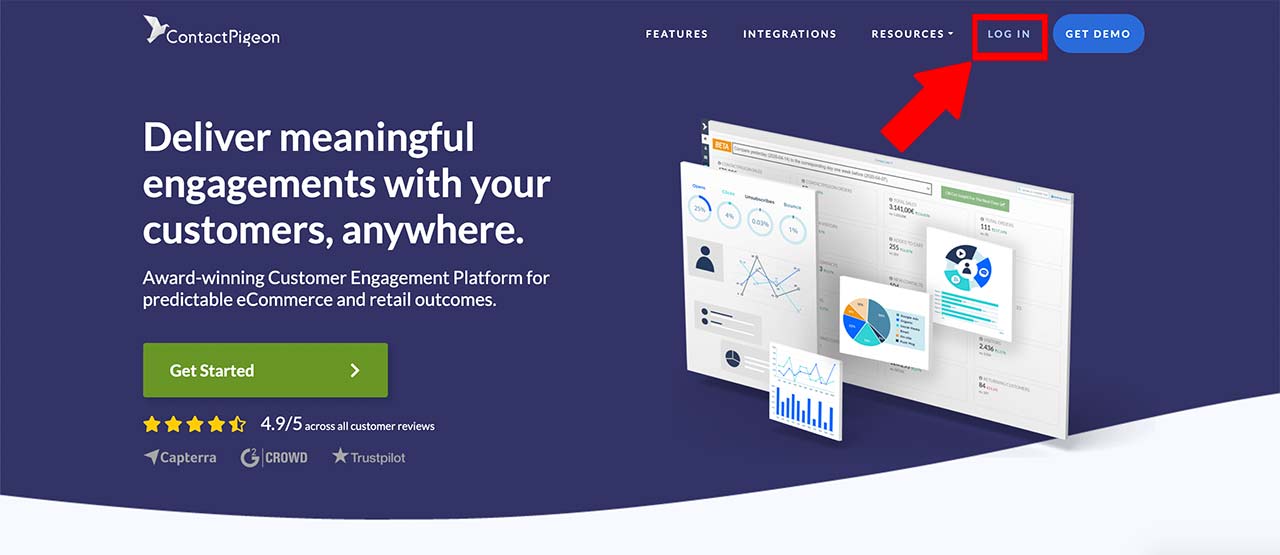
2. Go to “Onsite” widgets tab and click the “Dynamic pop ups” option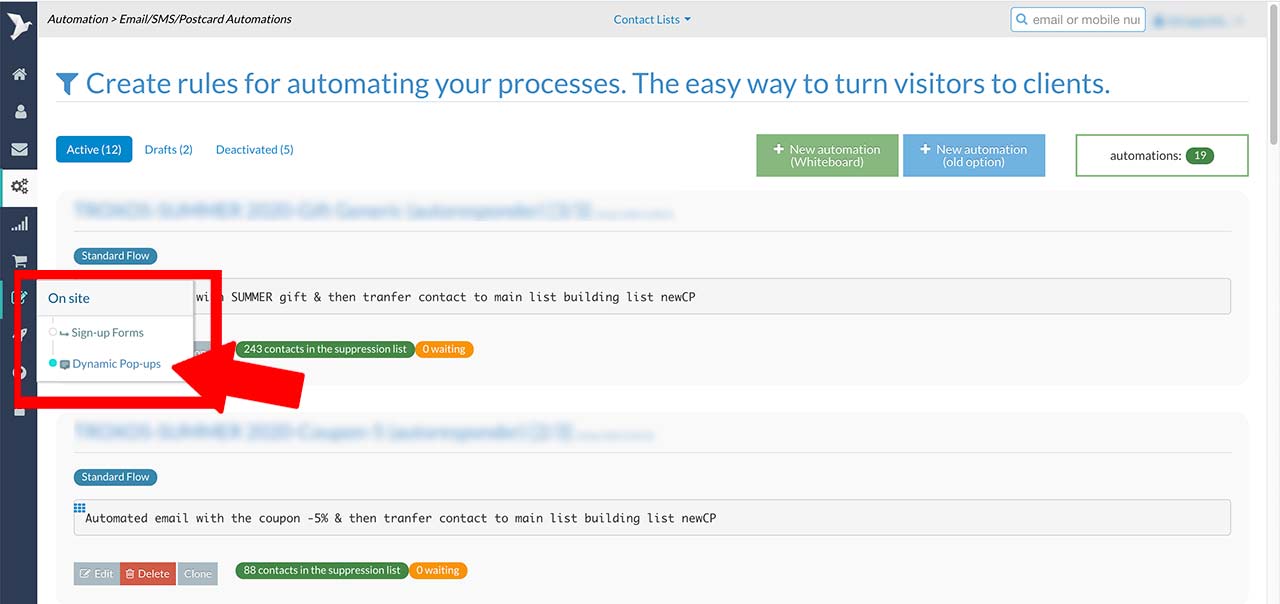
3. Select “Create new pop up”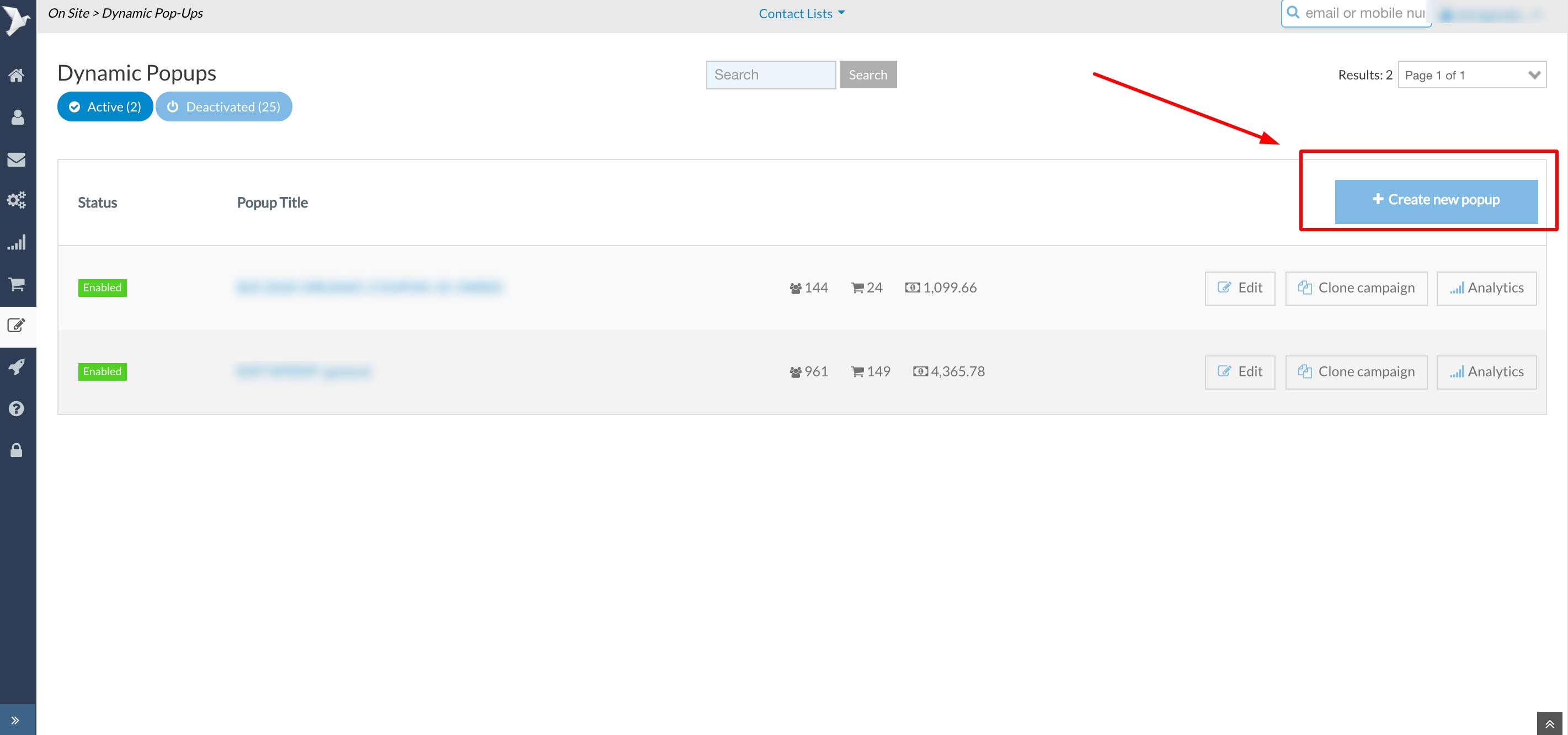
4. Pick the ideal template or create your own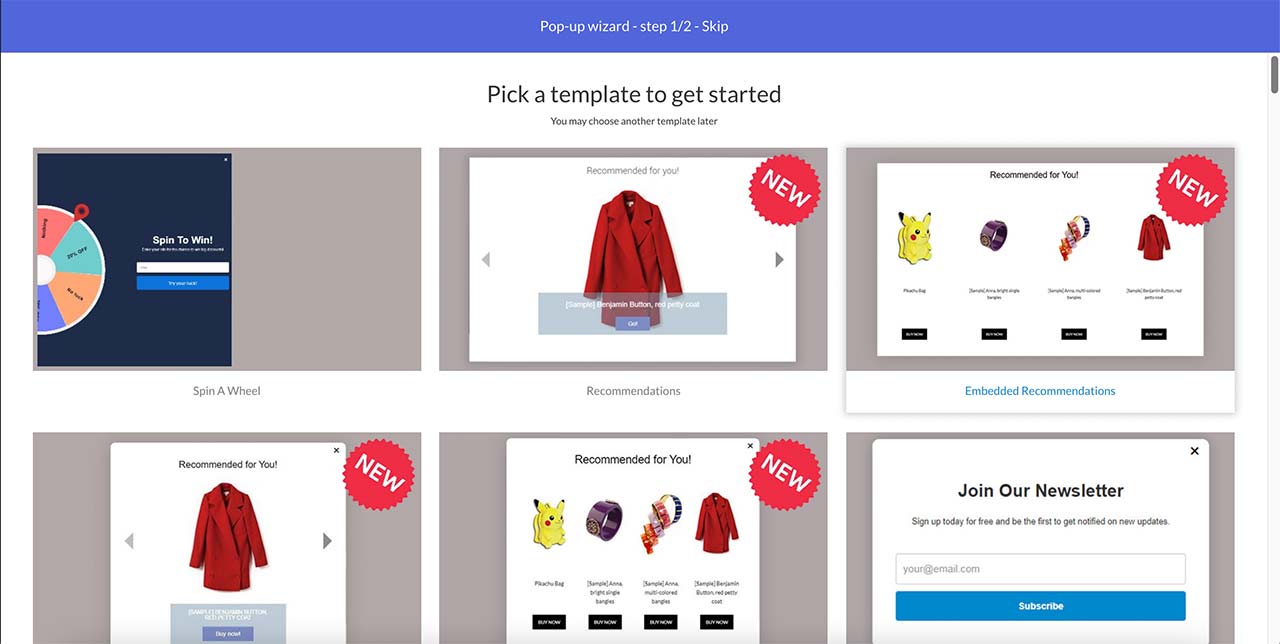
5. Define the appear triggers of your exit intent pop up
Tip: You can create different exit intent pop up for returning or new visitors 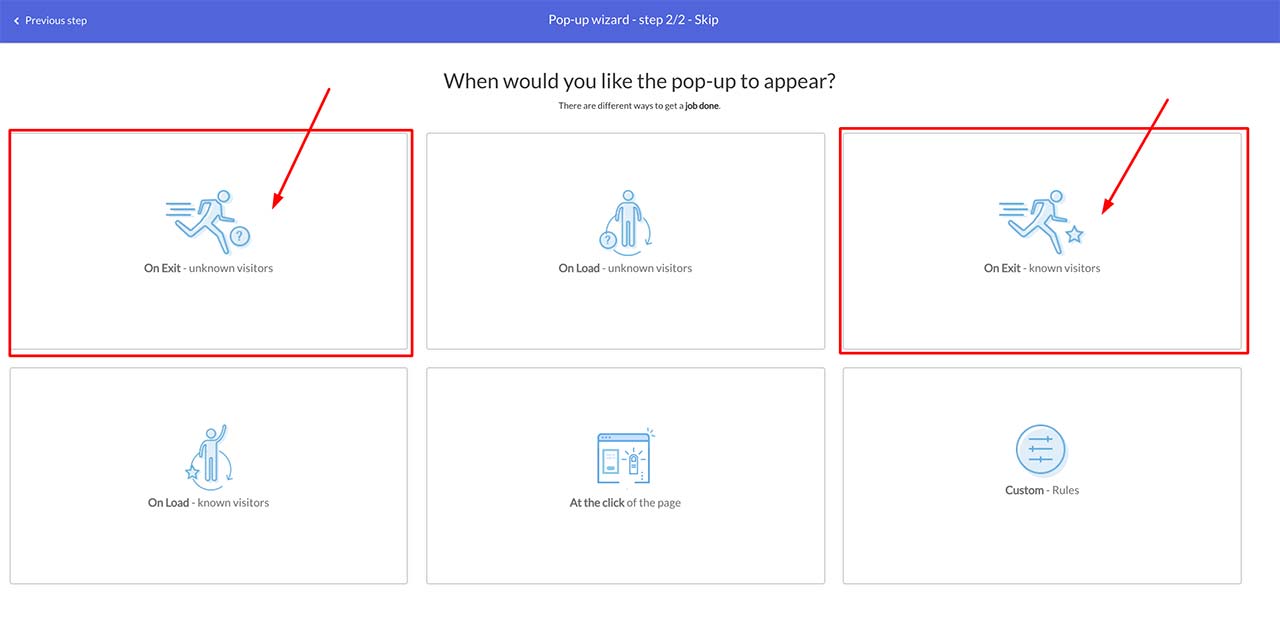
6. Set the trigger rules and the settings of the exit intent pop up(s)
Tip #1: make sure you have ticked the third box “The visitor has added smth to basket”
Tip #2: You can even add advanced rules such as add filters from specific visited urls, or purchase behavior. To reveal the advanced rules section go to “Edit additional conditions”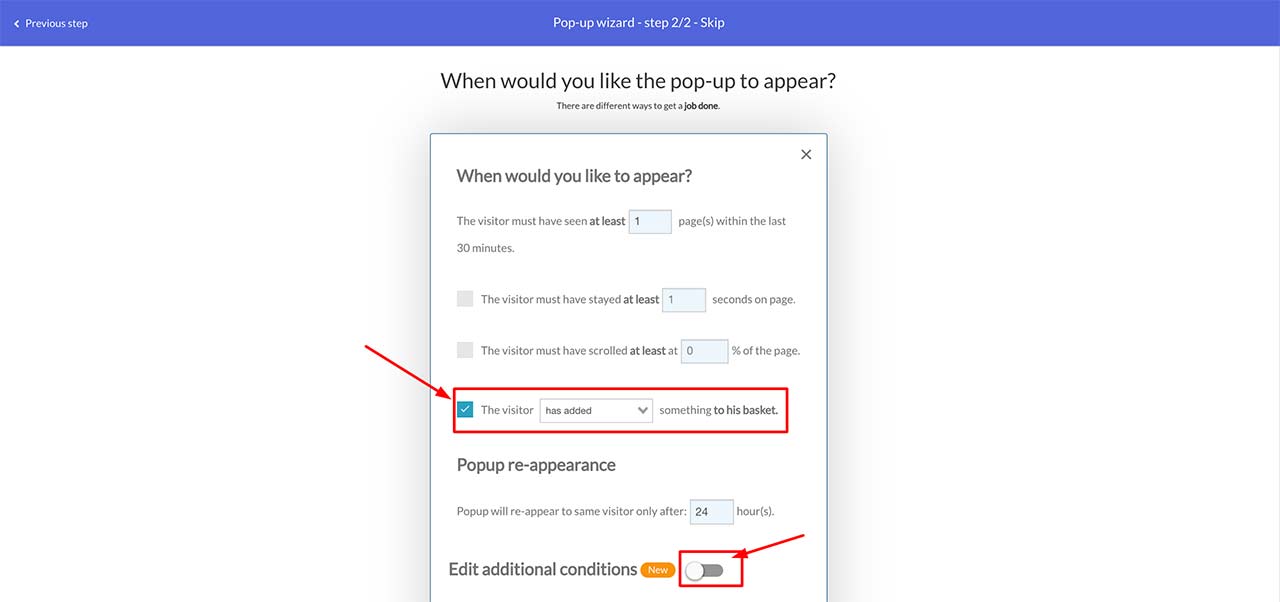
7. Last Step! Configure the graphics, the copy and the rest settings of your exit intent pop up
Tip: Make sure you preview the widget many times on multiple devices before activating your automations.
Tip #2: Remember to be as benefit-driven as possible in order to achieve better than the average CTRs and thus, conversion rates.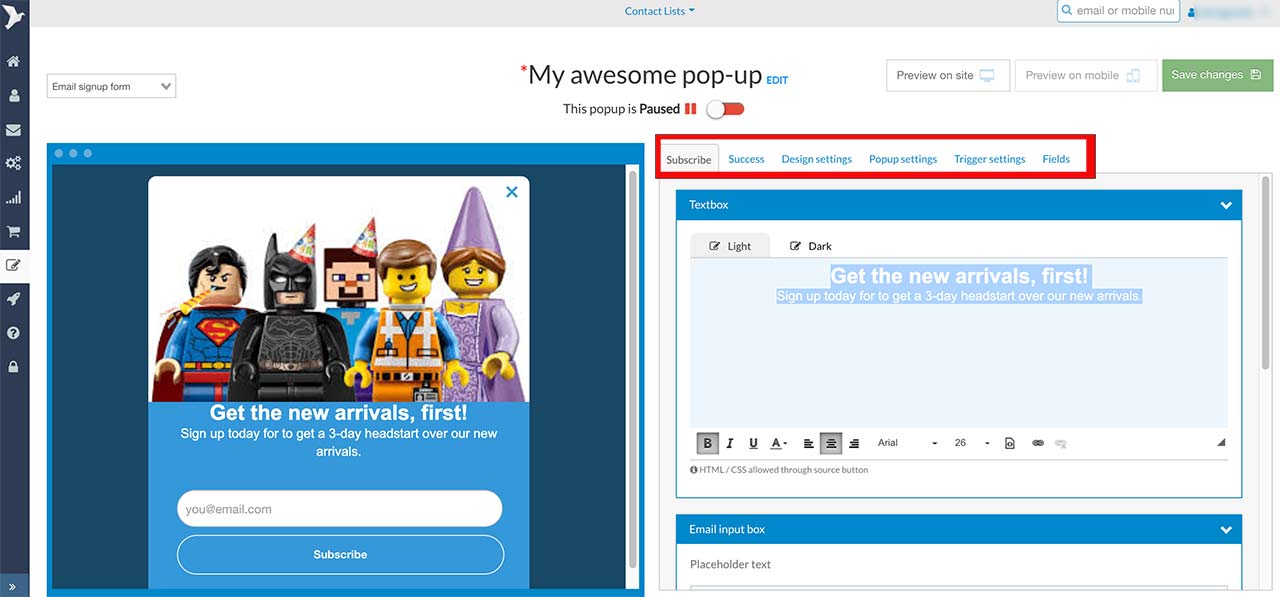
Impressive LEGO stats you may not know
With an 88-year history, LEGO has accumulated some very impressive statistics, including:
- Seven LEGO sets are sold every second in some parts of the world. That calculates to more than 600,000 a day.
- Every second, about 1300 LEGO pieces are made around the world.
- The LEGO Group’s logo was designed in 1973 and has not been changed since.
- You can potentially combine six 2X4-inch LEGO bricks in over 915 million ways.
- LEGO consumers spend nearly 5 billion hours per year on LEGO products.
- There are more than 400 billion LEGO bricks in the world.
Play Hard, like LEGO
The success of the LEGO Group may seem like a phenomenon.
Still, the company continues to thrive after almost ninety years simply because of its willingness to innovate and acknowledge aspects of the LEGO marketing strategy that needed to change over the generations—and which investments needed to be kept stable to sustain a healthy marketing brand. Its well-thought-out assessments and its willingness to execute consistently enables this family-owned company to survive even today.
With the COVID-19 pandemic forcing businesses everywhere to re-evaluate their priorities and marketing strategies, it is more crucial than ever for company owners to be proactive in developing a well-conceived plan. This will not only let your business survive the current pandemic but also thrive for years to come.
Ready to make your business a thriving one? Then book a free retail customer engagement consultation with ContactPigeon. Our experts will help show how to use our platform to engage with customers today and adapt effectively to the new reality.

Let’s Help You Scale Up
Spending time on Linkedin? Follow us and get notified of our thought-leadership content:

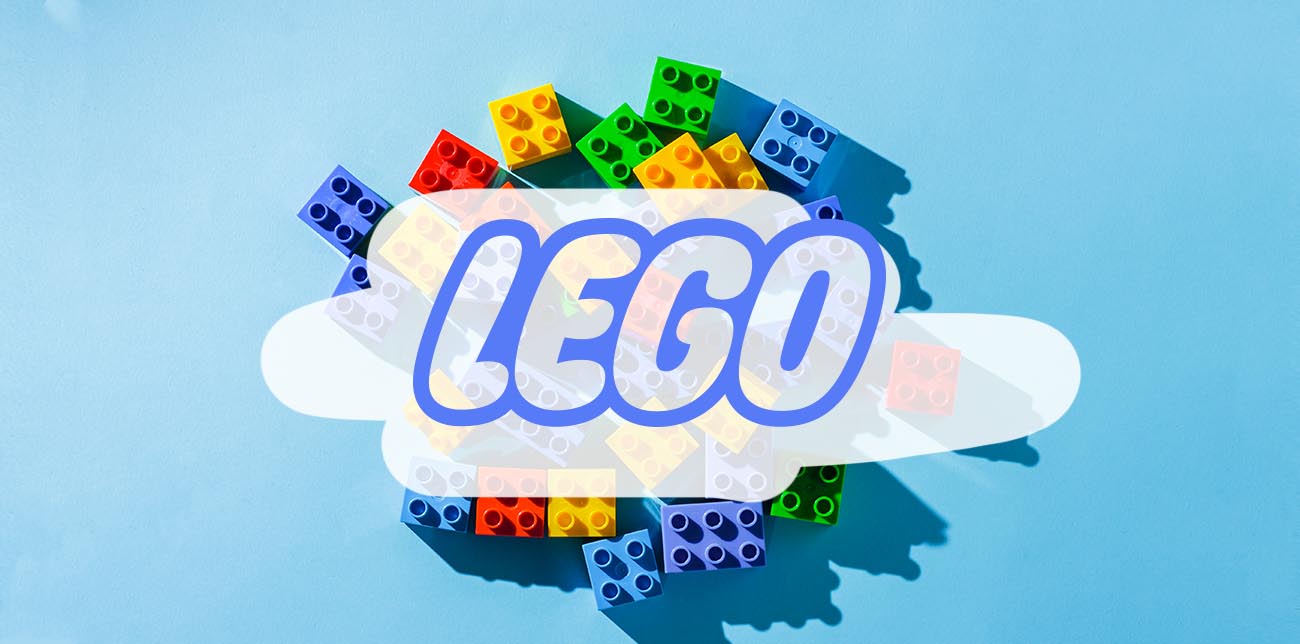
![Benchmarking Growth Strategies of Top Fashion Retailers [Study]](https://blog.contactpigeon.com/wp-content/uploads/2025/11/top-fashion-retailers.jpg)
